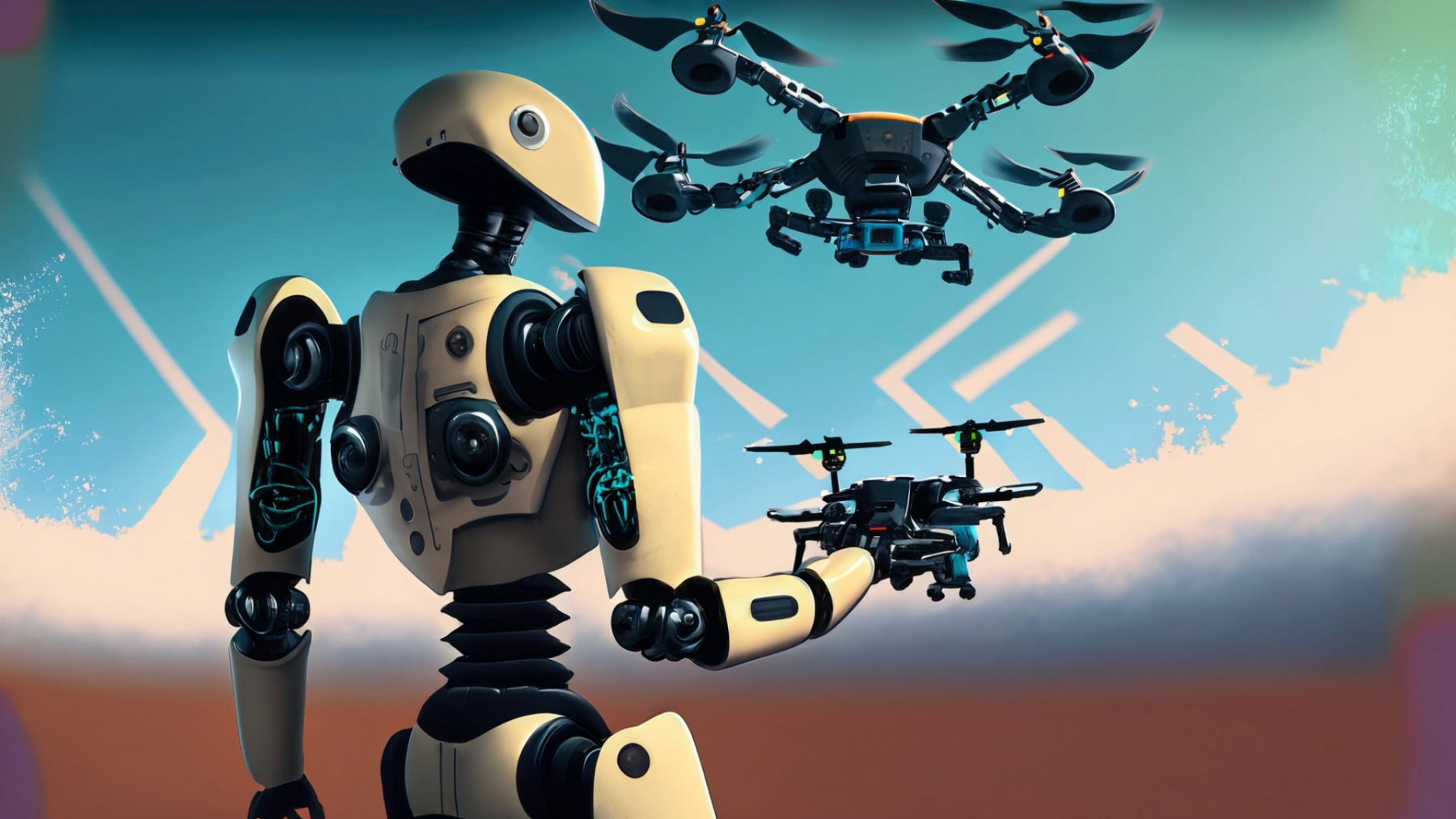
Developing Predictive Models
by Amanda Sibley
In this lesson students will collect data on the performance of their drone. Students will design a systematic process of data collection that will then lead to the development of a predictive model that they can use to predict a power and time duration that would be required to move the drone through a constructed maze. The purpose of this lesson is for students to strategically collect data and look for a regular pattern that can be used to describe that pattern. This will ultimately not be efficient enough to accurately control the drone which will then require learning about coding and sensor integration.
This is lesson 5 in the coding drones lesson sequence.
Lesson Plan Link/URL
https://docs.google.com/presentation/d/153v8ONbPjixow3n64VyymygEJ2shg7Tm/edit?u…Related Content

Grades:
7th Grade, 8th Grade, 9th Grade, 10th Grade, 11th Grade, 12th Grade
This is an investment lesson where students will learn about how to code with loops and logical statements and they will test what they learn by developing code to fly their drones. This one lesson

Grades:
6th Grade, 7th Grade, 8th Grade, 9th Grade, 10th Grade, 11th Grade, 12th Grade
This lesson is an activity to see what an angle is and how is can be used to approximate the time of day or even navigating vessels by measuring other celestial bodies. Students will use sextants to

Grades:
7th Grade, 8th Grade, 9th Grade, 10th Grade, 11th Grade, 12th Grade
Students will study car barrier engineering in this lesson. They will study how Newton’s Second Law of motion can be applied to determine how to decrease the force of impact during a collision. They